
ANTPHY 1 Study Guide (201415 Lykins) Instructor Lykins at University
The plasma membrane is a protective barrier that surrounds the interior of the cell. Also called the cell membrane, this structure is semi-porous and allows certain molecules in and out of the cell. It serves as a boundary by keeping the cell's contents inside and preventing them from spilling out.
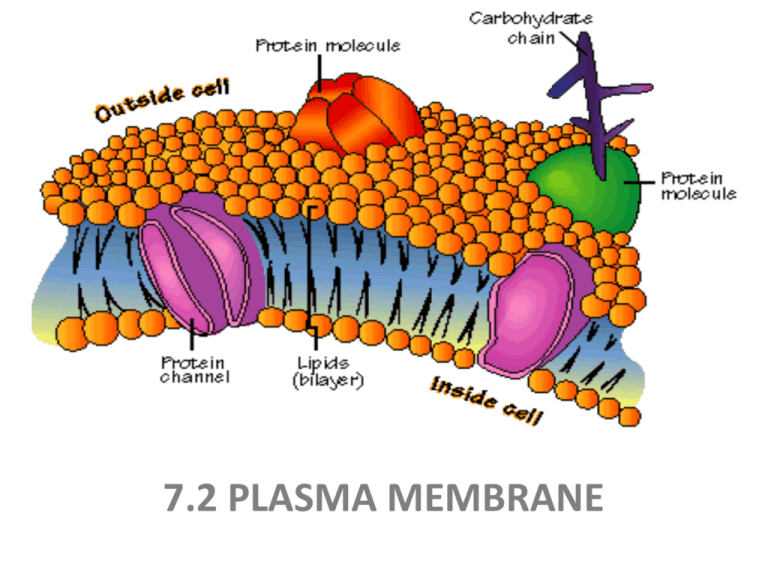
STRUCTURE of PLASMA MEMBRANE
Structure and Composition of the Cell Membrane The cell membrane is an extremely pliable structure composed primarily of two layers of phospholipids (a "bilayer"). Cholesterol and various proteins are also embedded within the membrane giving the membrane a variety of functions described below.

Image and Video Gallery National Institute of General Medical Sciences
Biology Biology Article Plasma Membrane Plasma Membrane Table of Contents What is Plasma Membrane? Structure of Plasma Membrane Functions of Plasma Membrane Facts about Plasma Membrane The outer covering, which covers the surface of a cell is termed the membrane. What is Plasma Membrane?
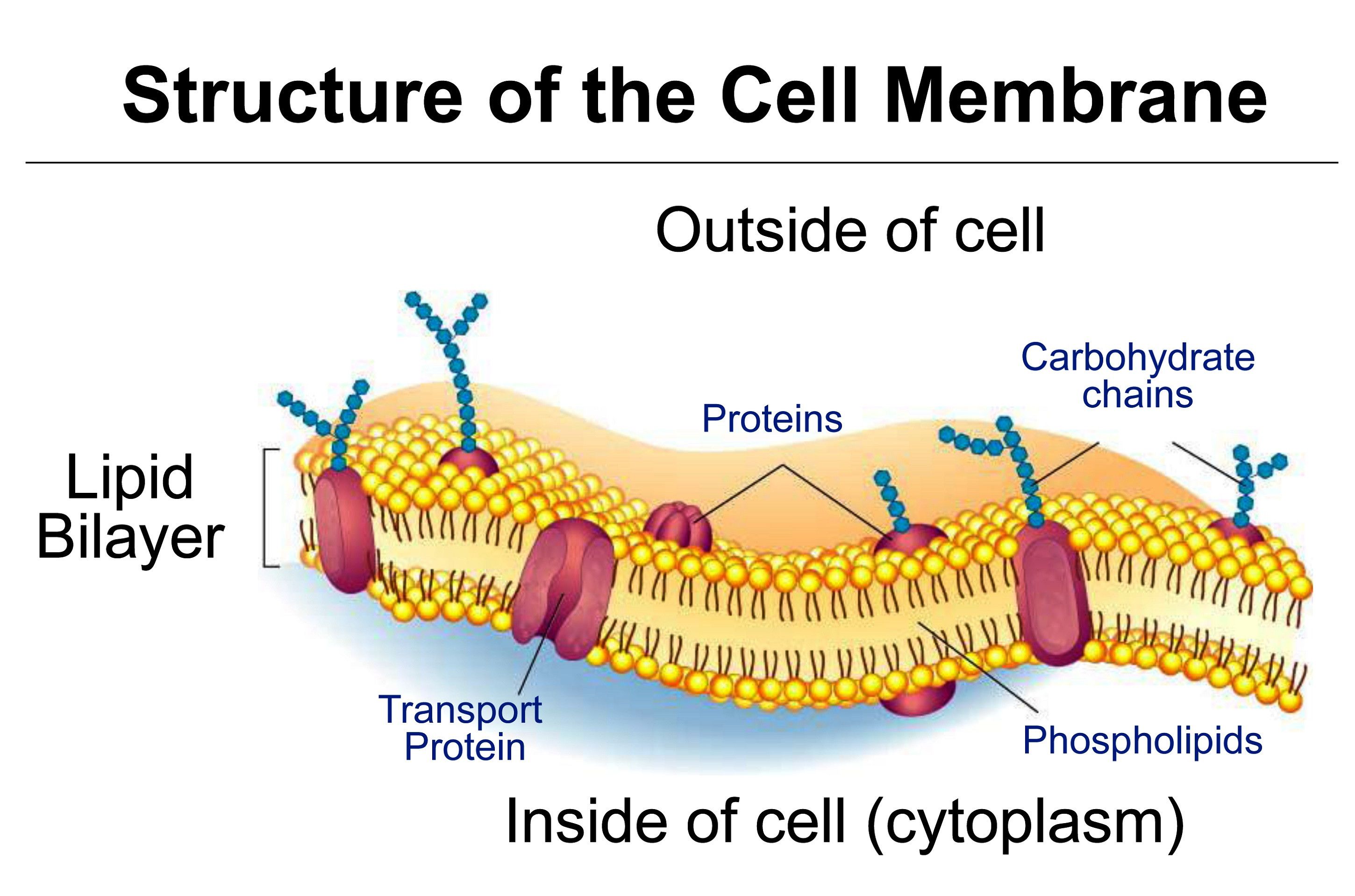
Plasma Membrane Location, Structure Functions Class 9 CBSE Class
11. protein type that spans the plasma membrane Activity 2: Label the Drawing. The illustration of the plasma membrane is from your lesson. Test your memory of the structural components and their.
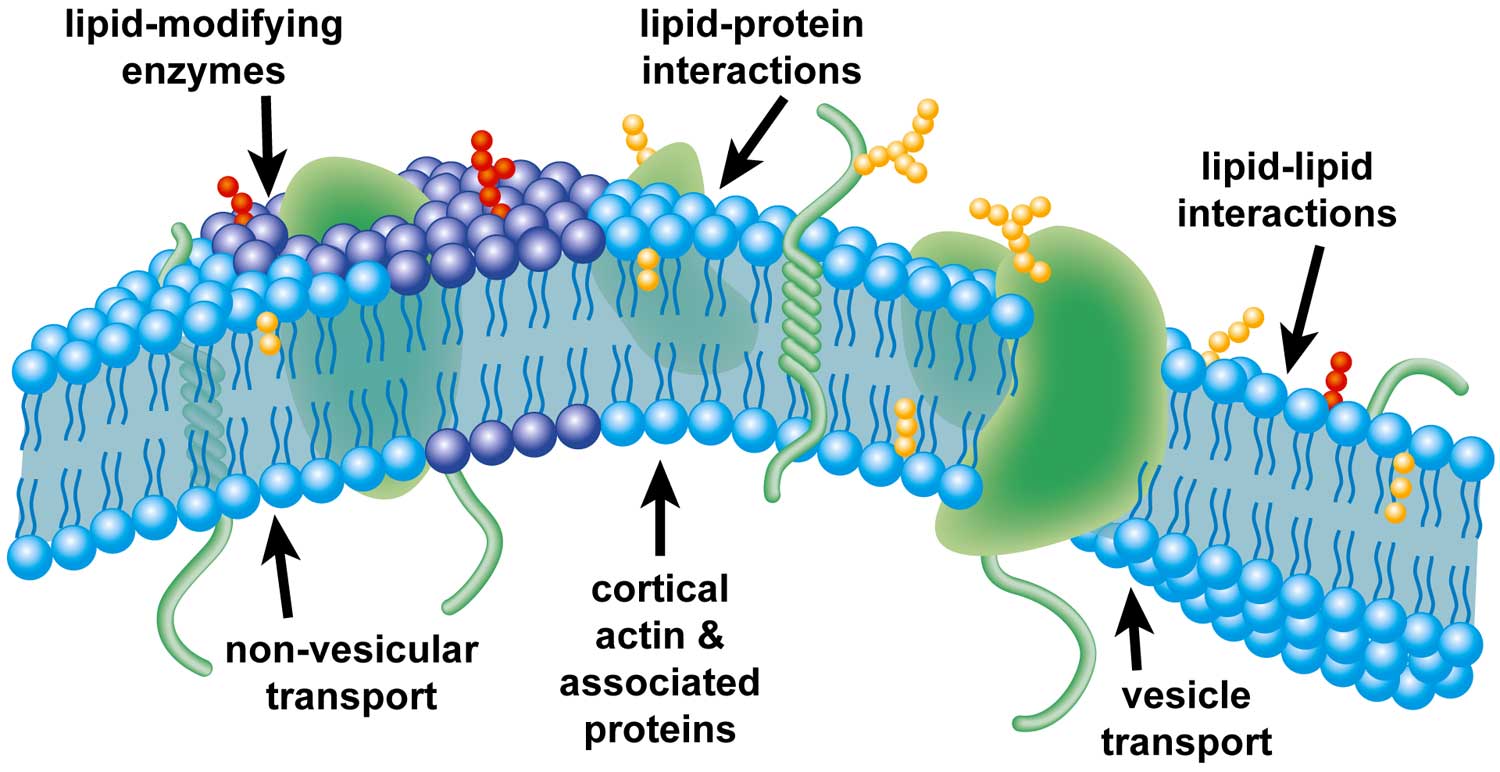
Membrane Structure and Diffusion Biology Quizizz
Key Points. The principal components of the plasma membrane are lipids ( phospholipids and cholesterol), proteins, and carbohydrates. The plasma membrane protects intracellular components from the extracellular environment. The plasma membrane mediates cellular processes by regulating the materials that enter and exit the cell.
/plasma_membrane-58a617c53df78c345b5efb37.jpg)
Cell Membrane Function and Structure
On the Web: cell membrane, thin membrane that surrounds every living cell, delimiting the cell from the environment around it. Enclosed by this cell membrane (also known as the plasma membrane) are the cell's constituents, often large, water-soluble, highly charged molecules such as proteins, nucleic acids, carbohydrates, and substances.

Plasma Membrane Diagrams 101 Diagrams
Over 90% Of All Products On eBay Are Brand New. Big Brands, Top Retailers. Great Prices On Millions Of Items. Get It On eBay.

Khan Academy Plasma membrane, Biology diagrams, Math printables
The plasma membrane is the border between the interior and exterior of a cell. As such, it controls passage of various molecules—including sugars, amino acids, ions, and water—into and out of the cell. How easily these molecules can cross the membrane depends on their size and polarity.
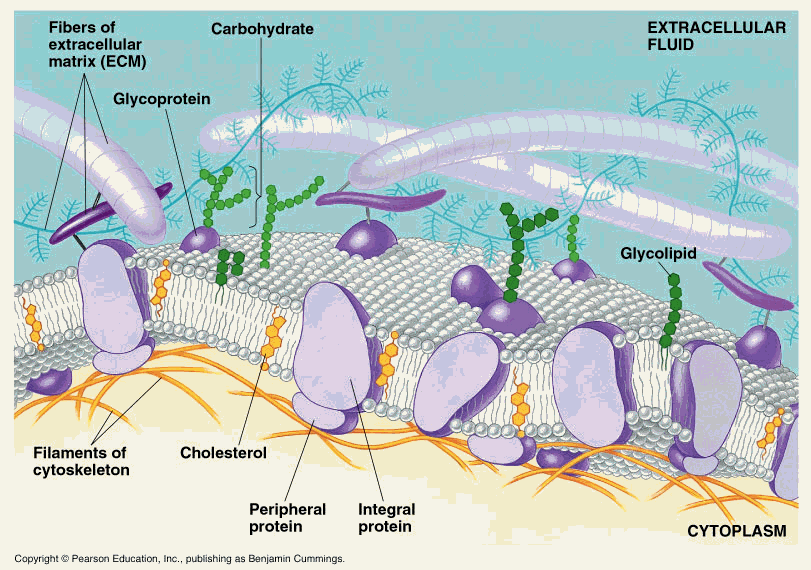
DNA TIPS Technical Difficulties The Cell Membrane
The plasma membrane is the easiest cell membrane to label because it is very accessible. Fluorescent dyes and most commonly used dyes FM 1-43 family are used for labeling the plasma membrane. The cytosol is the intracellular space excluding the nucleus and the organelles.

Who discovered fluid mosaic model of plasma membra
The plasma membranes of mammalian red blood cells () have been particularly useful as a model for studies of membrane structure. Mammalian red blood cells do not contain nuclei or internal membranes, so they represent a source from which pure plasma membranes can be easily isolated for biochemical analysis.
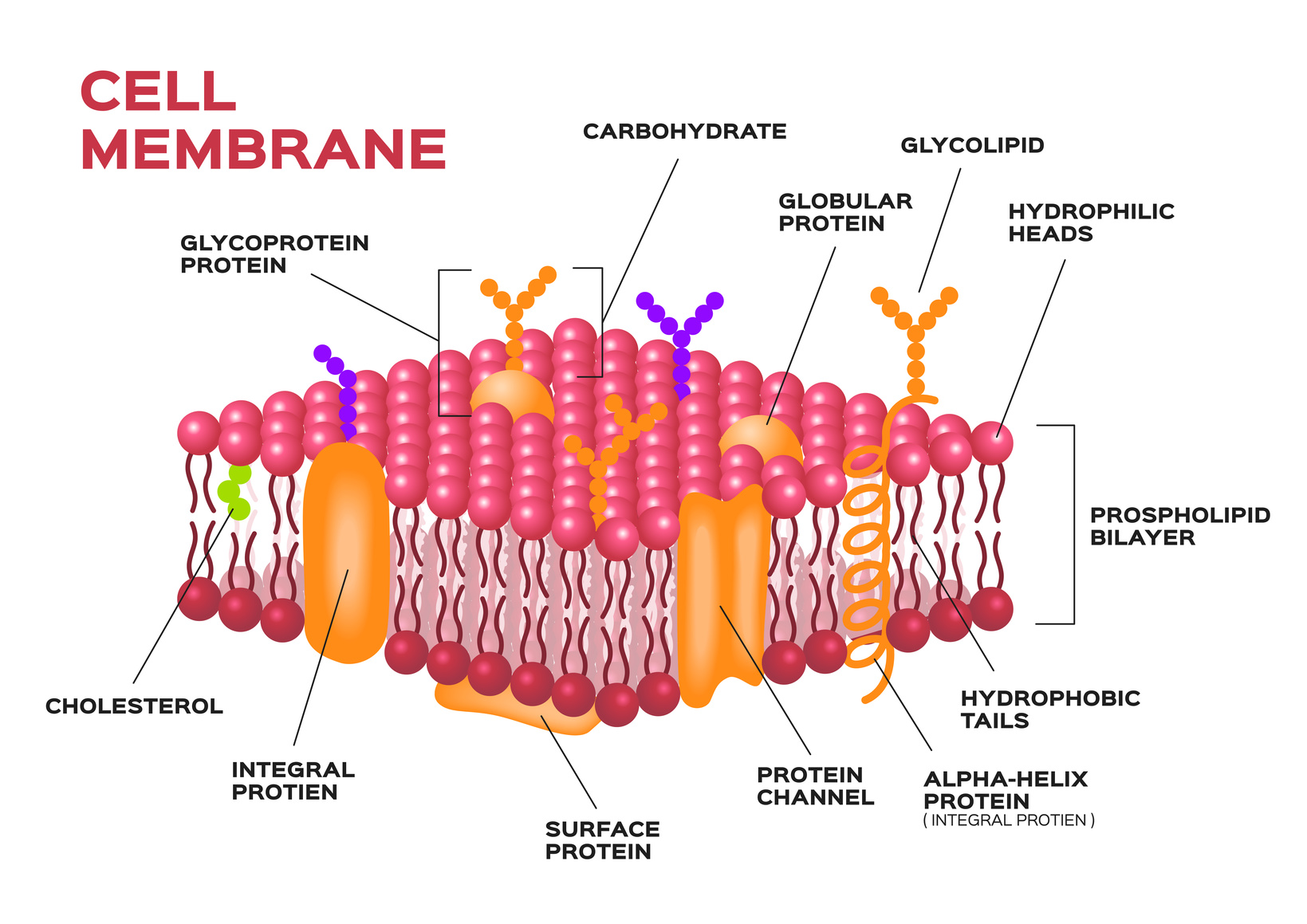
Phosphatidylserine Review Top Memory Pill May Boost Mental Performance
Plasma membranes range from 5-10 nm thick. As a comparison, human red blood cells, visible via light microscopy, are approximately 8 μm thick, or approximately 1,000 times thicker than a plasma membrane. Figure 6.1.1 6.1. 1: The fluid mosaic model of the plasma membrane structure describes the plasma membrane as a fluid combination of.

Cell Membrane Introduction, Structure & Function
The plasma membrane, also known as the cell membrane, separates the interior of the cell from the extracellular environment. It is composed of about 50% lipids and 50% proteins.
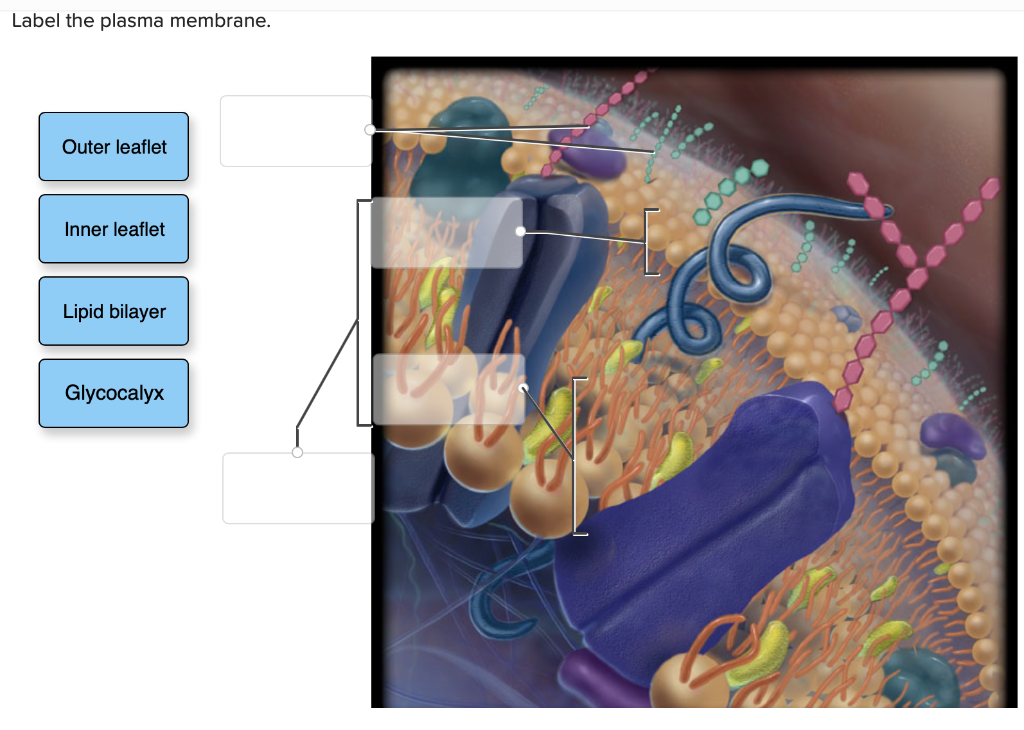
Solved Label the plasma membrane. Outer leaflet Inner
Figure 2.4.1 2.4. 1: Animal cell model. The plasma membrane is a structure that forms a barrier between the cytoplasm inside the cell and the environment outside the cell. Without the plasma membrane, there would be no cell. The membrane also protects and supports the cell and controls everything that enters and leaves it.

Plant Cell Membrane
According to the fluid mosaic model, the plasma membrane is a mosaic of components—primarily, phospholipids, cholesterol, and proteins—that move freely and fluidly in the plane of the membrane.
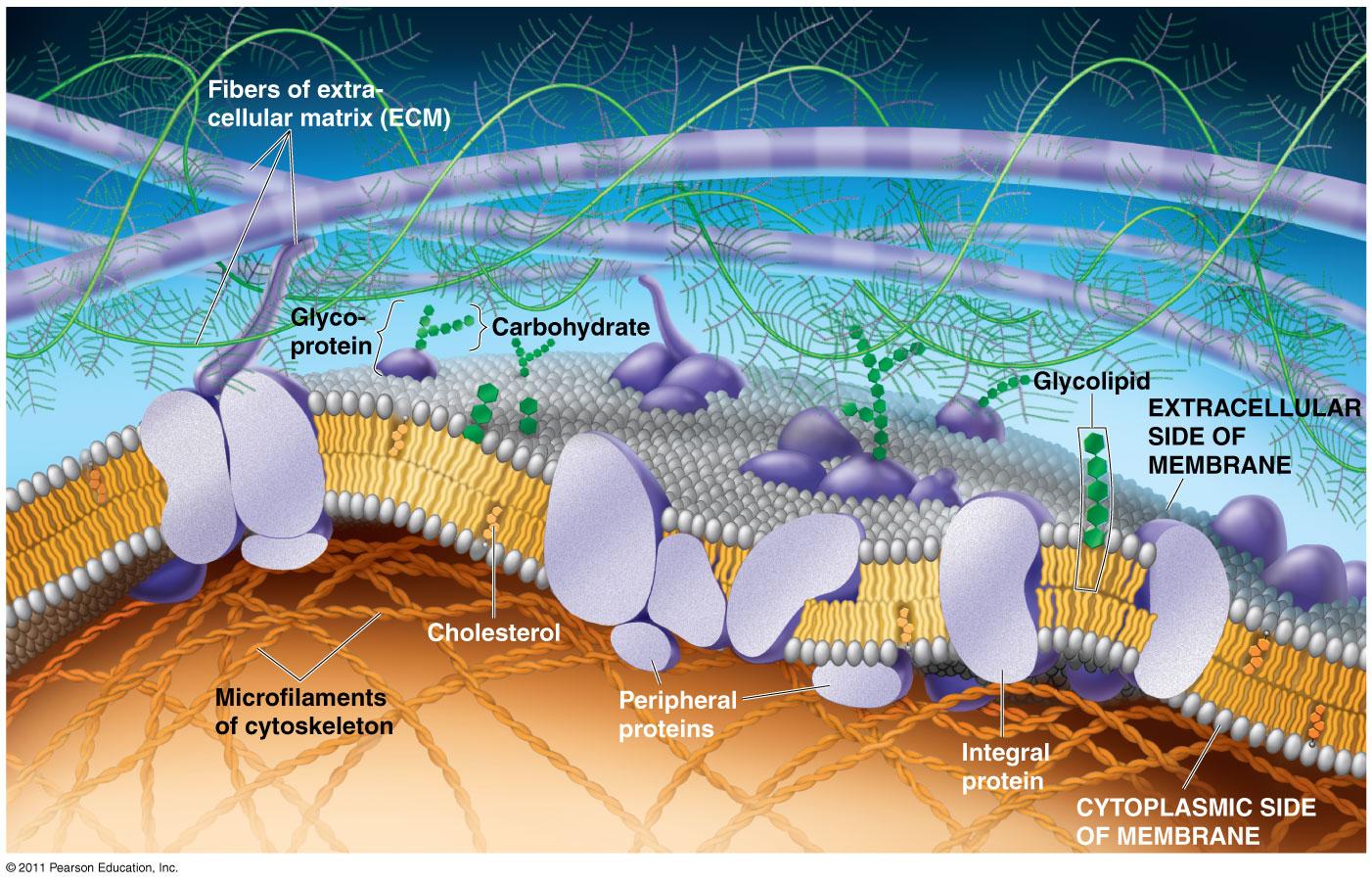
The Plasma Membrane Structure Anatomy & Physiology
This protocol describes the use of TMA-DPH to label the plasma membrane. MeSH terms Cell Membrane / metabolism* Cytological Techniques / methods* Diphenylhexatriene / analogs & derivatives* Diphenylhexatriene / metabolism Staining and Labeling / methods* Substances Diphenylhexatriene 1- (4- (trimethylamino)phenyl)-6-phenylhexa-1,3,5-triene
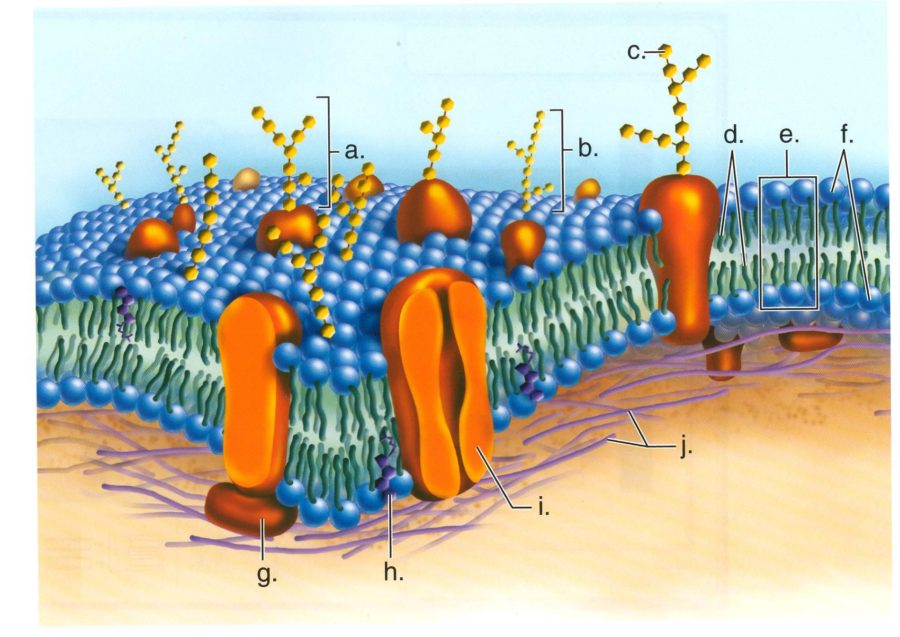
Plasma Membrane Diagrams 101 Diagrams
Secondary active transport moves multiple molecules across the membrane, powering the uphill movement of one molecule(s) (A) with the downhill movement of the other(s) (B). For example, SGLT2 is a glucose transporter that allows glucose (Molecule A) into our cells (against its gradient) by bringing in a sodium molecule (Molecule B) as well.